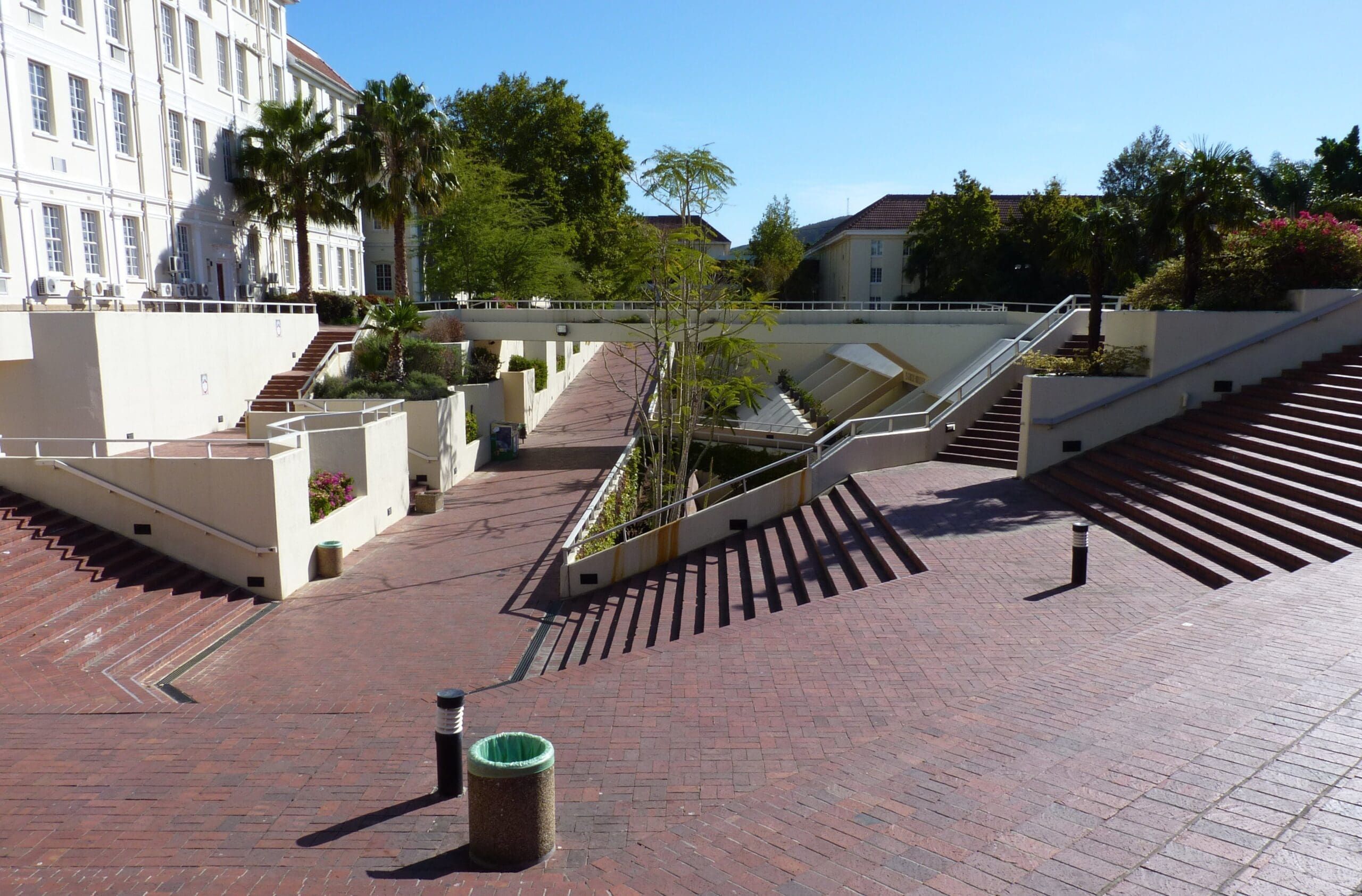It seems the ghosts of Stellenbosch University’s (SU) past have finally come back to haunt one of its oldest and most controversial residences. Wilgenhof Residence is set to be closed following a months long investigation led by an expert panel.
The decision, revealed on 12 June, comes after an audit, conducted on 26 January, uncovered “disturbing items” in two rooms at Wilgenhof, remnants of harmful initiation practices that harked back to a darker era.
An independent panel was quickly appointed to get to the bottom of the troubling findings. The panel, featuring an experienced Advocate from the Cape Bar, a former university executive, and SU’s own Deputy Registrar for Governance, Ethics, and Compliance, was tasked with delving into the origins and extent of the discovered paraphernalia, assessing the impact of these practices on the university community, and recommending actions to address and prevent such issues in the future.
Stellenbosch University rectorate accepts panel recommendation to close Wilgenhof residence https://t.co/gUk3kzfsLQ pic.twitter.com/4FcWFSfrkQ
— Kraalit SA (@kraalit_sa) June 12, 2024
After months of digging (both metaphorically and perhaps literally), the panel’s 151-page report landed on the Rectorate’s desk last week,10 June. The verdict was clear: Wilgenhof must close its doors. The panel’s recommendation wasn’t made lightly. It was backed by evidence suggesting that Wilgenhof had become a symbol of the university’s troubled past.
Rector Professor Wim de Villiers declared that the university had unanimously accepted the panel’s recommendation. “Given the body of evidence presented by our expert panel, we have accepted its main recommendation that the closure of the Wilgenhof residence is the appropriate action going forward,” said De Villiers. The decision now awaits the final nod from the University Council, which is set to meet on 24 June.
The panel’s report didn’t just call for closing Wilgenhof. It also recommended repurposing the building to align with the university’s values of inclusivity and transformation. If the University Council approves the closure, Wilgenhof will shut its doors at the end of the academic year, paving the way for a fresh start in 2025.
For those unfamiliar with the drama, the disturbing items released in January included paraphernalia linked to the Nagligte, an unofficial disciplinary committee notorious for its brutal initiation rituals. These items painted a grim picture of a culture steeped in white supremacy and abusive practices – not exactly the kind of memorabilia you want in your university’s scrapbook.
Read More: A Dark Legacy Hidden Within Stellenbosch University’s Oldest Male Residence
The fallout has been significant. Minister of Higher Education, Blade Nzimande, condemned the racist practices and supported the university’s decision to close Wilgenhof. He echoed a sentiment shared by many: such practices have no place in a modern, democratic South Africa.
The Wilgenhof Alumni Association has labelled the closure a “serious mistake,” arguing that the residence’s traditions and history have been misunderstood. They’re pushing for dialogue and debate over closure, suggesting there might be other ways to align with the university’s transformative mission.
However, for many, the closure is a long-overdue decision. Former Wilgenhof residents, as well as current students and staff, see the closure as a necessary step toward genuine transformation.
- Staff Reporter
- Staff Reporter
- Staff Reporter




